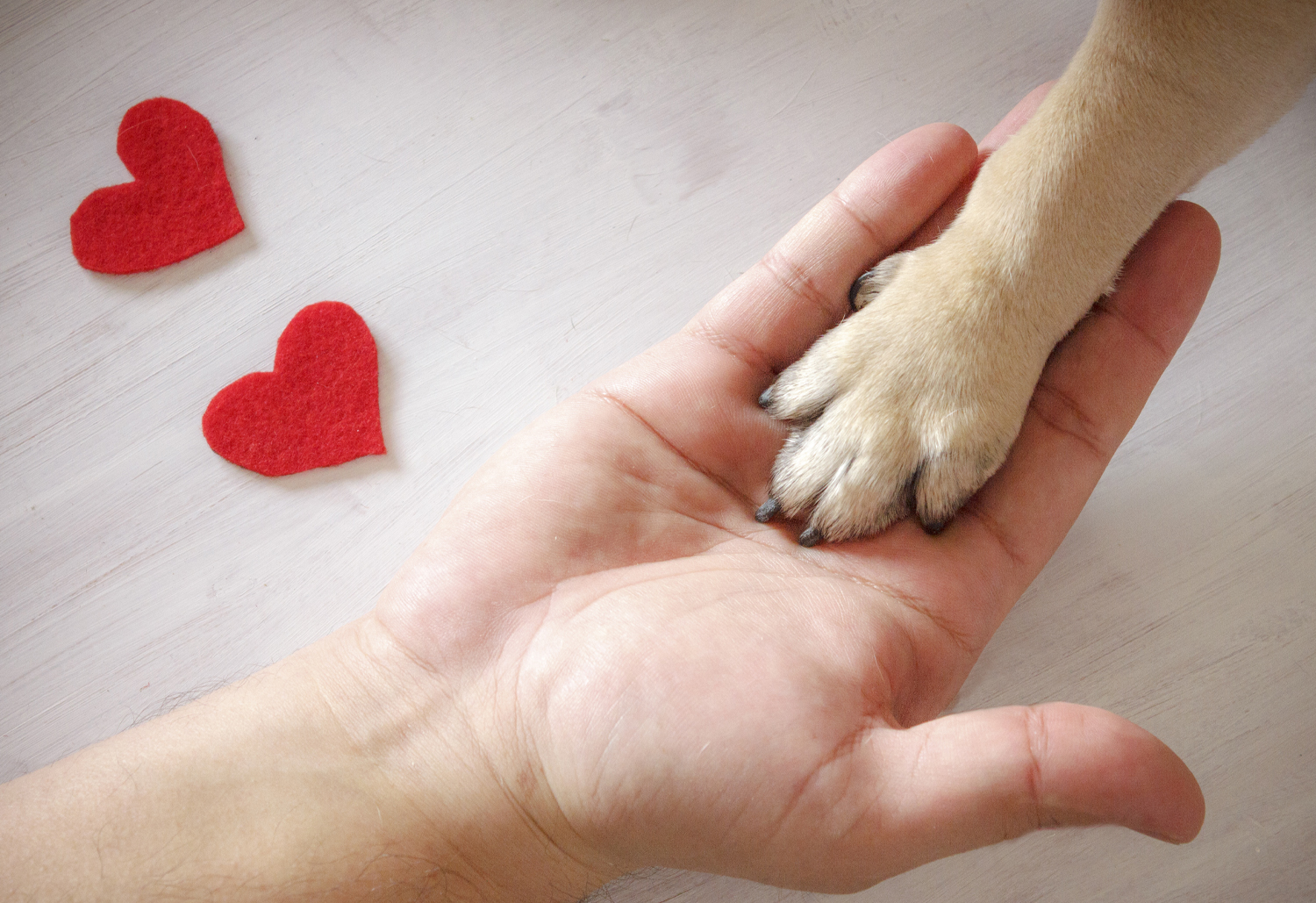|

Fear-free vet visits for your dog
No-one likes to see a terrified dog (or cat) when going to the veterinarian. It’s upsetting for the animal, the owner and the veterinary team. Here’s some information to help prevent that:
Why is your dog nervous during vet visits?
Some dogs don’t like unfamiliar experiences and strangers. This might be genetic or due to a lack of socialization as a puppy. Other dogs hate restraint, quite similar to a person being claustrophobic.
How to Stop the Fear
It might take some time but it’s a good investment for your dog’s future. Your dog should see a veterinarian at least once a year, so it’s important to make those visits as pleasant as possible, right?
1/ Practice Exams at Home
Part of what makes visits to the veterinarian so scary is that your dog isn’t used to the handling it receives during an exam.
You can get your dog used to this type of handling by practicing at home. Teach your dog to stand on an elevated surface such as a picnic table or washing machine. Touch your dog’s ears and feet, open its mouth, rub its belly and raise its tail.
Be gentle and make sure your dog gets lots of praise and some treats during the practice exams.
2/ Visit the Vet’s Office Socially
If your dog associates visits to the vet clinic with treats and petting, it will likely become something to look forward to. If the only visit is for vaccinations or bloodwork, not so much, right?
Call ahead to make sure it’s a good time to drop in; you don’t want to come when they are busy or if there is an aggressive dog in the waiting room. Ask the veterinary staff to give your dog a few treats and
some friendly petting, and soon your dog may look forward to visiting the vet. Let your dog set the pace; only do a bit at a time and stop if your dog is showing any signs of fear.
3/ Medicate for Anxiety
Some humans hate visiting the dentist. They can choose laughing gas or sedation to help with that. So why are some pet owners resistant to this idea for their fearful dog? Vets don’t use laughing gas,
but we can prescribe medication for anxiety, so your pet’s visit is as pleasant as possible. We know that if your dog could talk, he or she would say “yes” to medication that helps relax him/her.
We will likely suggest it once we’ve seen signs of anxiety in your pet but you can also ask for it.
You can also use anti-anxiety medication or supplements as a tool to practice social visits and handling. It’s important to understand that a dog is incapable of learning new things when it’s in a state of
high anxiety. Medication can help bring the fear and anxiety down to a level where the dog can respond to training and socialization and may not be needed permanently.
4/ Train your dog to like the muzzle.
If your dog’s fear is so strong that it results in aggression, you may want to consider using a muzzle during trips to the vet to prevent a dog bite.
If you wait until you’re about to leave for an appointment before introducing your dog to the muzzle, it might find that quite scary. So, buy a muzzle and teach your dog to associate a muzzle with special
treats and lots of attention and praise.
Get your dog used to the muzzle slowly at home by having it wear the muzzle regularly and being lavished with praise. There are lots of YouTube videos with tips on how to make a muzzle acceptable and
fun for dogs. If your dog is used to wearing a muzzle around the house and thinks it is no big deal, then if one is needed during the veterinary visit, it won’t be a big deal there either.
At Hespeler Animal Hospital, we go the extra mile when it comes to relieving our patients’ anxiety. The doctors and staff have taken the time to learn the steps for a Fear-Free practice, for both dogs and cats. We don’t want any animals to be terrified. If we see any signs of serious fear, we will stop what we’re doing and approach the appointment in a new way, so that the pet feels better about the entire experience. It make take some extra time, but it’s worth it in the long run.
|